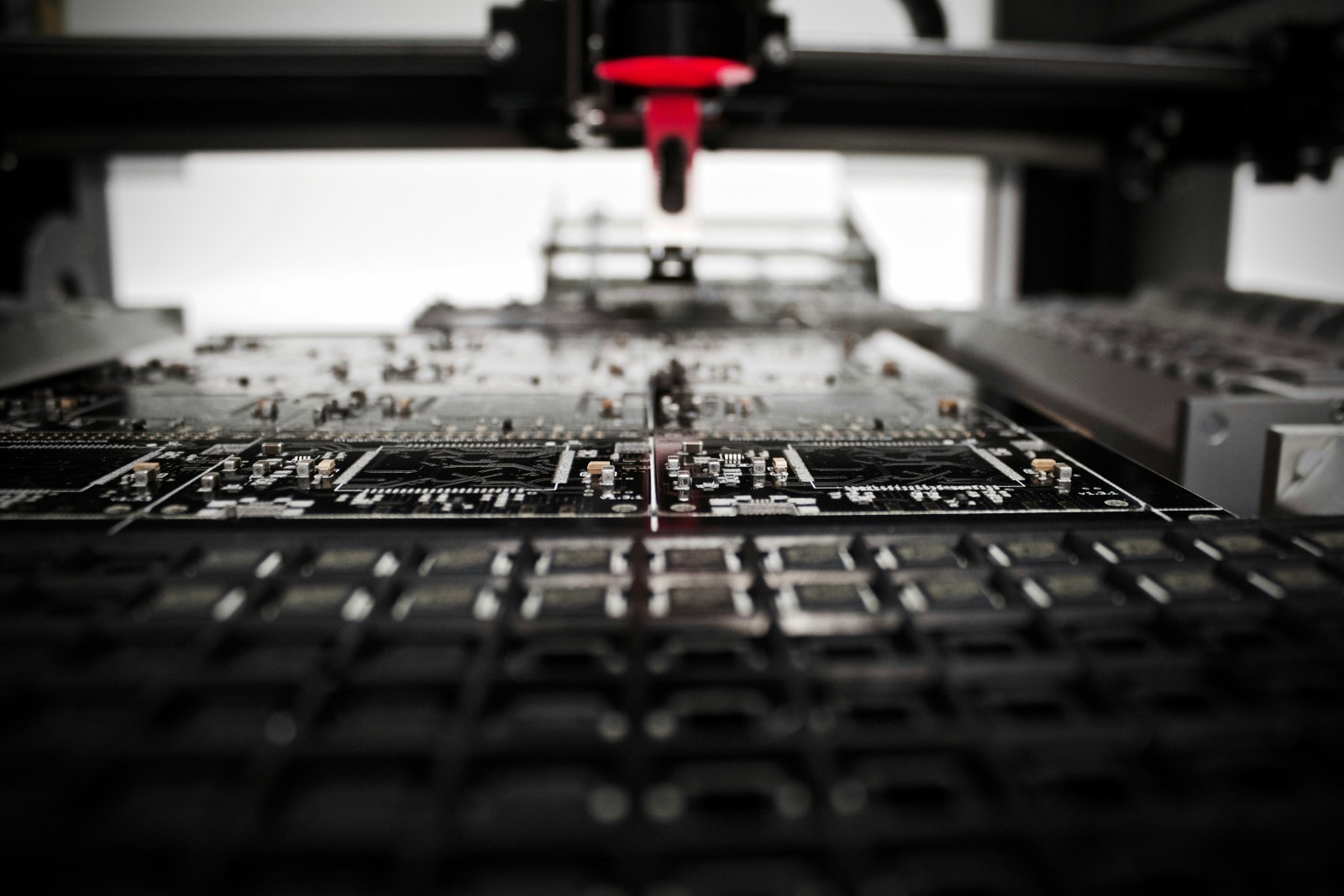
As chips become increasingly diminutive and rivalry begins to heat up, industry stakeholders require a fresh approach that encapsulates all aspects of business, including fab size and supply chain challenges.
Semiconductors are critical empowering agents in almost all product categories, ranging from toys, smartphones, and automobiles to climate control systems. Over the past few years, they have made possible emergent technologies like artificial intelligence (AI) and machine learning (ML) that define the way we live and work. The digital revolution to its next level will only need even more advanced chips that have enhanced computational power and larger memory storage capabilities.
Given the latest problems of supply chain disruptions across the globe resulting from the COVID-19 pandemic and amplified geopolitical tensions, the focus of the semiconductor firms has shifted towards acquiring ultimate 2.5D and 3D design and manufacturing solutions for advanced node technology.
Many governments also share this interest as they try to facilitate their domestic semiconductor production. However, new fabs and extensive R&D programs needed to produce leading-edge technologies at high volume involve investments of billions.
The Power of Co-Creating IPs
The Shift Towards Collaborative Innovation
The key organizations that had previously constituted the semiconductor space functioned as isolated entities, guarding and safeguarding their technology with great precision. Yet, due to the current compounding intricacy in chip design, there is an enhanced need for co-innovation initiatives.
It is possible to highlight the advantages of creating IPs using corresponding parties: Companies can combine their knowledge, distribute risks, and progress new generations of technologies more quickly.
For instance, ARM Holdings has changed the dynamics of the industry by providing its processor designs to several companies, forming an environment in which co-created intellectual property (IP) spawns innovation. This approach allows companies to work on a similar platform, minimizing the time and cost of development and catapulting the advancement of chip performance and efficiency.

Case Study: The Rise of RISC-V
RISC-V: An open standardized processor instruction set that represents the quintessential value of IP co-creation. From academic research at UC Berkeley, RISC-V has evolved into a global initiative led by a consortium of industry players. RISC-V has also encouraged an open approach and architecture to IP, which has benefited many firms, including start-ups, established players, large conglomerates, and even independent designers.
Building Manufacturing Dominance
The Critical Role of Foundries
Today, control over semiconductors is directly associated with advanced foundry competence in manufacturing. Mentioned firms, such as TSMC and Samsung, have spearheaded this industry by committing significantly to advanced fabrication technologies, which places them strategically at the vanguard of process advancement.
For instance, TSMC has occupied more than 90% of the market share for 5nm and 3nm process nodes, which exemplifies the importance of mature advanced manufacturing.
.jpeg)
Vertical Integration: The Intel Example
Intel’s IDM (Integrated Device Manufacturer) model is another example of how another path to manufacturing domination is possible. Intel has traditionally managed most of the design and manufacturing of its chips, which has given the company a strong performance and supply chain integrity advantage.
Nevertheless, the establishment of the Intel IDM model is also accompanied by the need to invest a lot of money and organizational flexibility to adapt to the fast-developing technologies.
Geopolitical Considerations
This industry is one of the most geopolitically dependent industries in the present-day world. For example, the tension between the US and China has led to the realization of the value of semiconductor manufacturing in the domestic market.
As a result, countries are increasing the outlay in local foundries to block the supply chains and minimize the influence of imported technologies.
Conclusion
The semiconductor industry is facing a crossroads, where creating IPs in collaborations and establishing manufacturing supremacy count among key factors for success in the future. Companies must adopt the principles of collaborative innovation, focus on sophisticated manufacturing, and outweigh geopolitical risks to assert leadership in the rapidly evolving and promising industry.
In the modern world, where technology drives every aspect, the risks are even greater. The key players who will succeed in co-creating intellectual property (IP) and attaining manufacturing efficacy will be the ones who lead the semiconductor industry and the world to the next economic revolution.






Comments